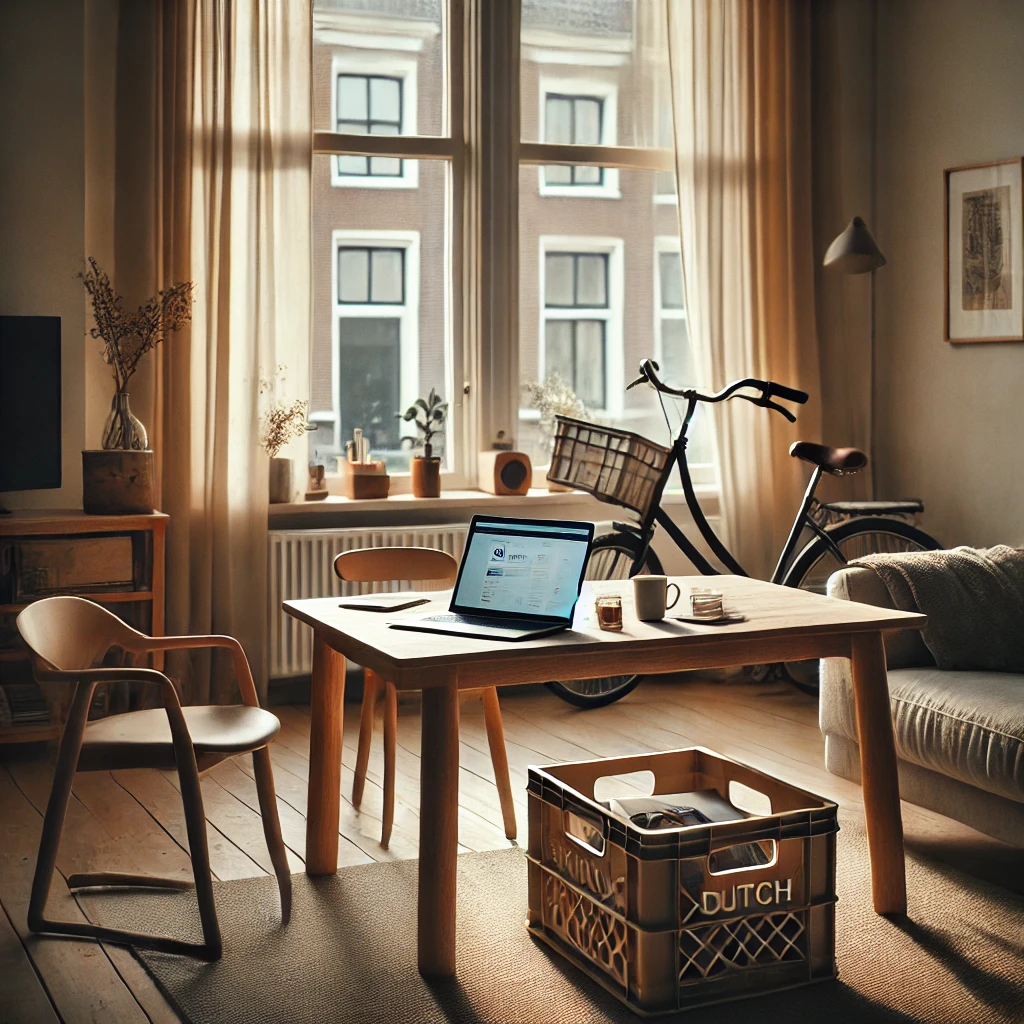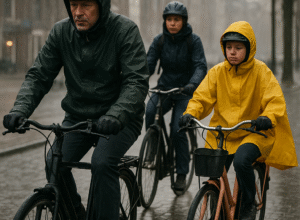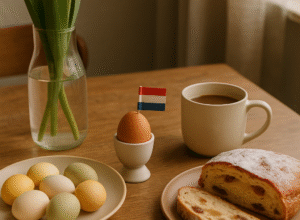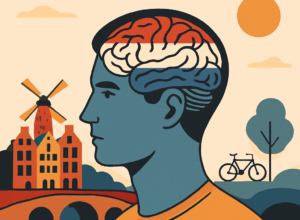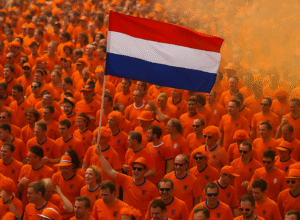Between Water and Wires: How the Netherlands Moves Within Europe
The Netherlands is easy to overlook on a map. Tucked between Belgium and Germany, small in square kilometers but dense with roads, bikes, data centers, and well-ordered fields, it doesn’t announce itself loudly. And yet, if you widen the lens—zooming out past the dikes and tulip fields—you start to see a country whose movements ripple far beyond its borders.
It’s a place that doesn’t lead Europe with force, but rather with flow.
A Small Country with Strategic Reach
For all its modest size, the Netherlands is deeply entangled in Europe’s machinery. Its economy hums not on flash but on function—Rotterdam moves more cargo than any other port on the continent, and Schiphol remains one of Europe’s busiest airports despite its compact footprint. This is a country that specializes in logistics, not spectacle.
Even in agriculture, it punches far above its weight. The Dutch are the second-largest exporters of food in the world—not because they have more land, but because they’ve turned greenhouses into microcosms of innovation. Vertical farms. Precision irrigation. Tomatoes as a systems problem.
In many ways, the Netherlands models what a 21st-century European country might need to become: efficient, collaborative, networked.
The Dutch Way of Managing People
Where many European cities have grown with sharp divides—between rich and poor, native and immigrant, center and periphery—the Dutch have long taken a more deliberate approach.
Social housing is spread throughout neighborhoods, not clustered at the margins. Bike lanes blur distinctions between banker and student. Even in cities, it’s hard to tell at a glance who is “struggling.” Poverty exists, of course, but the Dutch have a way of softening its edges, tucking it in plain sight. Not to erase it, but to integrate it.
You begin to realize that here, equality isn’t a slogan—it’s an infrastructure.
This, too, is a kind of European leadership. Quiet, systemic, harder to export than a headline.
A Shifting Political Wind
Still, no system is immune to strain. In recent years, the Netherlands—like much of Europe—has felt a political tug to the right. In the 2023 elections, the far-right PVV surged in popularity, fueled by concerns over immigration, housing shortages, and the rising cost of living.
It’s tempting to frame this as a backlash, a mirror of what’s happening in France, Italy, or Germany. But Dutch politics, like Dutch urban design, tends to favor coalitions. Compromise is the national habit. Even parties with sharp edges get smoothed down in the process of governing.
What’s more revealing is what voters are telling us: that even in a country known for order and prosperity, people feel that the center cannot hold forever. That even the best-designed systems begin to groan under pressure—of growth, of change, of complexity.
Europe in the Mirror
So where does the Netherlands stand in the grand experiment of the European Union?
It’s not one of the loud voices—like France, Germany, or Poland—but it plays its part with precision. Dutch diplomats are respected, Dutch finance ministers listened to. It is a model member state in many respects—deeply invested in trade, regulation, climate cooperation. But it’s also pragmatic, skeptical of romantic ideals. It prefers the contract to the vision statement.
You get the sense that the Netherlands doesn’t need Europe in the existential way that some countries do. But it sees the logic. It knows that in a world of shifting alliances, interdependence is the safer bet.
In short: it doesn’t ask Europe to inspire it. Just to work.
Living the Tension
To live here is to feel the paradox. The Netherlands is deeply connected—by rail, by policy, by shared economic interest—to its neighbors. You can cross three countries before lunch if you time your trains right.
And yet, there’s a self-contained quality to Dutch life. A trust in the familiar. A preference for the manageable.
It’s a country that doesn’t aspire to lead Europe’s soul, but quietly undergirds its structure.
Conclusion: A Country that Moves Like Water
For centuries, the Dutch have lived with water on all sides. They’ve mastered the art of containment without delusion. That mindset—adaptive, engineering-minded, emotionally restrained—is alive in the way they navigate Europe too.
Not quite central, never peripheral. Always flowing. Never static.
In the story of Europe, the Netherlands may not be the protagonist. But without it, the whole structure begins to leak.

